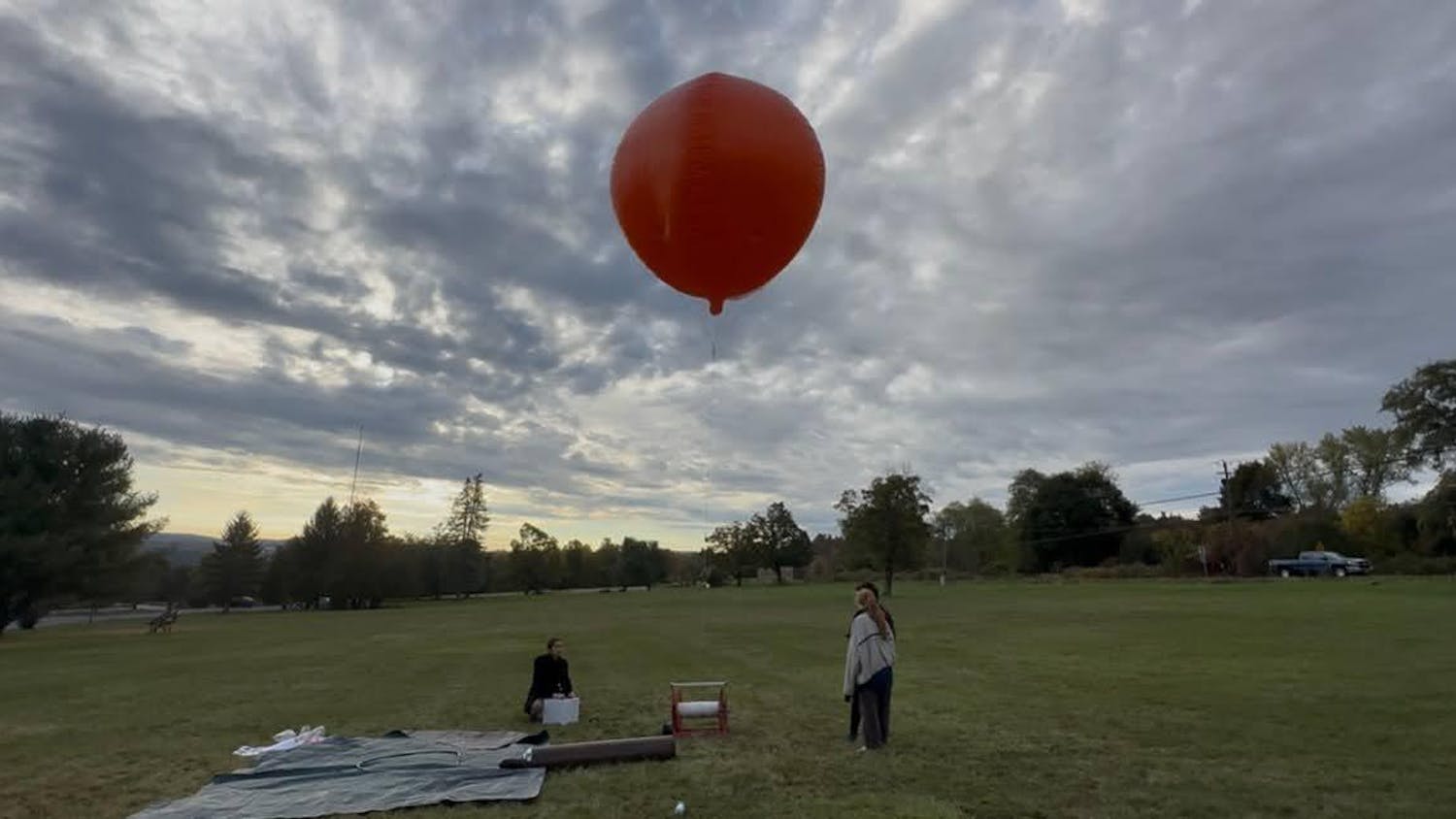This is Part II of a two-part column. Part I appeared yesterday.
There were three scoreboards floating separately out in center field — one, two, three.
Ron Santo quickly looked out to the mound.
“Bill Singer was the pitcher for the Dodgers and there were three of him — one, two, three,” said Santo, former third baseman and current radio broadcaster for the Chicago Cubs.
“And I go, ‘Oh my gosh, I’m having a reaction.’”
It was 3:20 p.m., and Santo’s blood sugar was low. But it was 1966 and Santo didn’t have an insulin shot waiting for him — very few, if any, Type I diabetics did. He was 26 years old — a year beyond the doctor’s predicted life expectancy — and all he had was a candy bar, a coke and some orange juice in the dugout. But standing in the on-deck circle, the dugout was out of reach, especially with the manic eyes of then-Cubs’ manager Leo Durocher staring him down.
With two men on, down a few runs with two outs in the bottom of the ninth, Santo had only one thought.
“I’m saying ‘Billy, please, please, either get a base hit or a home run … or strike out.”
Santo can smile coyly as he talks about it now, playfully gesturing the number of outs with his hands, bulging his eyes out as he recalls encouraging his teammate Billy Williams to strike out.
“And [Billy] ended up fouling the pitches off and walked.”
Santo throws up one hand in mock exasperation telling the story on camera.
“I’ll never forget this,” he said. “I just said to myself, ‘I’m swinging at everything, just to get out of there and get some sugar in me.’”
He picked the middle pitcher, the middle pitch.
“First pitch, I hit a grand slam home run. And I’m going around the bases, and Billy Williams is slowing down, and I said, ‘Billy, go, go!’”
Such was Ron Santo’s life for 14 years in the Major Leagues. For the first 11, only his teammates knew about his condition. He was worried about what people would think, what they would say. He just wanted people to respect him and like him for who he was. I get that.
Over 40 years later, listening to Santo confuse characters from The Munsters TV show with those from The Addams Family and somewhat more inexplicably, those from The Beverly Hillbillies, it’s hard to see the oft-bemused and bewildered Cubs’ radio announcer as the tenacious player he once was.
But he’s there.
He’s there despite spending an inning describing to his broadcast partner, Pat Hughes, how to peel an orange skin into one looping piece, then spending the next one deriding Hughes’ for failing to do it (“Yes, Pat, it’s one piece, but it looks awful, it’s not in a … what’s it called? … a swirl”). He’s there even though he forgets players’ names and haltingly muddles his way through inane questions with interviewees.
He’s there because since 1971, Santo has committed his life to finding a cure for diabetes. Since 1974, his annual Walk to Cure Diabetes has raised over $50 million dollars for the Juvenile Diabetes Research Foundation.
He’s there because he’s survived multiple eye surgeries, a quadruple bypass surgery, bladder cancer and the amputation of both his legs due to diabetes, and never complained once.
One of Santo’s prosthetic legs even has a Cubs logo on it.
“Until adversity hits you, and I had open heart surgery and lost both my legs, you think I can’t get through it,” Santo told The New York Times. “But really, you do what you have to do. I say that to everybody. You only have one way to go, and that’s a positive way.”
My whole life, I’ve gotten to know Santo the announcer, Santo the player — so defiant, so emotional. Santo wears his heart on his sleeve. He could never be a TV announcer because “crestfallen” is generally not an accepted facial expression for post game commentary. He once refused to name the Chevrolet Player of the Game after a broadcast — Gosh-Pat-that-was-terrible was his pick. My friend thinks the Cubs need to win a World Series soon, mainly so Santo doesn’t have a heart attack.
But five years ago, Santo’s son, Jeff Santo, followed his dad around for nine months with a camera after Santo got his second leg amputated. This was Santo the real person, shirtless, sitting at the edge of his bed in the morning, stumps far from the floor — 64 years old and with no legs. Meticulously, instinctively, he put on his prosthetics one by one.
Socks over the limb, sheer sleeve over the prosthetic leg, limb into the leg’s socket, one strap, two straps, three straps.
“The first thing I was concerned about was I didn’t want anybody to see the private moments,” Santo said. “Because those are the tough ones.”
The documentary, This Old Cub, brought me to tears. Behind the buoyant exterior was just another man concerned about what others thought of him. A man who didn’t want the world to see him fall during rehab, struggle to get up the ballpark steps, even to get out of bed in the morning.
“He had this small camera,” Santo said. “I said, ‘Son, I can’t have a camera following me around for a year. I’m going through too much.’ And he said, ‘Dad, I’m gonna be with you.’ He’s with me every day anyway. I mean, he’s like my right-hand man. And he said, ‘I’ll bring a little camera.’”
The movie inspired Bill Holden, an Arizona resident and Cubs fan, to walk from the Cubs’ Spring Training facility in Mesa, Ariz., all the way to Chicago — 2,100 miles. Holden, a middle-aged man with outdated khaki short-shorts clinging to enormous thighs, a potbelly and rosy cheeks did not exactly invite comparisons to Forrest Gump. But he did it. He did it for Ron Santo. He walked all the way to Wrigley Field, raising $250,000 for diabetes research.
I was at Wrigley Field the day he finished his six-month walk. He came in through the right field fence. Santo stood on the mound waiting for him. The two men simply embraced. 40,000 people stood and cheered. My eyes watered.
I met Santo once. I was 17, but my knees were shaking and my voice shook. I didn’t tell him what a big part of my childhood he had been, or how funny I thought he was, or that I turned down the TV to put on the radio commentary, or that I thought he was an incredible, inspiring person.
I talked to him about the song “Stacy’s Mom” by Fountains of Wayne.
On the air a few days earlier, he had been incredulous about the notion that there was a song written about a guy who was in love with his girlfriend’s mom. He was so convinced the staff was trying to trick him that he refused to believe Pat Hughes. They had to get third-party confirmation during the commercial break.
“Ron, I was listening the other day when you and Pat were talking about that song, ‘Stacy’s Mom.’”
He paused, trying to kick start his memory.
“Oh, right,” he said. “I was convinced, convinced, that Pat was kidding. Isn’t that something?”
His crusty laugh bellowed from deep in his stomach.
“Then I asked Pat if that had ever happened to him.”
A satisfied grin spread across his face. His hairpiece was just as obvious in person as I thought it would be, and his floral button-down shirt still reminded me of something your carousing uncle would wear.
Santo shook my hand. I’m sure awe was written all over my face.
I may feel like an unloved writer, and Ron might be a beloved announcer. But it is people like Ron Santo that make me want to write, not announce. Perhaps some people are meant to be writers and others are meant to be announcers. If Santo had become a sports reporter — hard to imagine, I know — he would not have been so adored. He would not have been a part of so many people’s lives. He would never have been part of my life, and that, in Santo’s words, would be “terrible, Pat, just terrible.”
Forever a Cubs Fan: The Man, Ron Santo
Reading time: about 8 minutes
Read More










